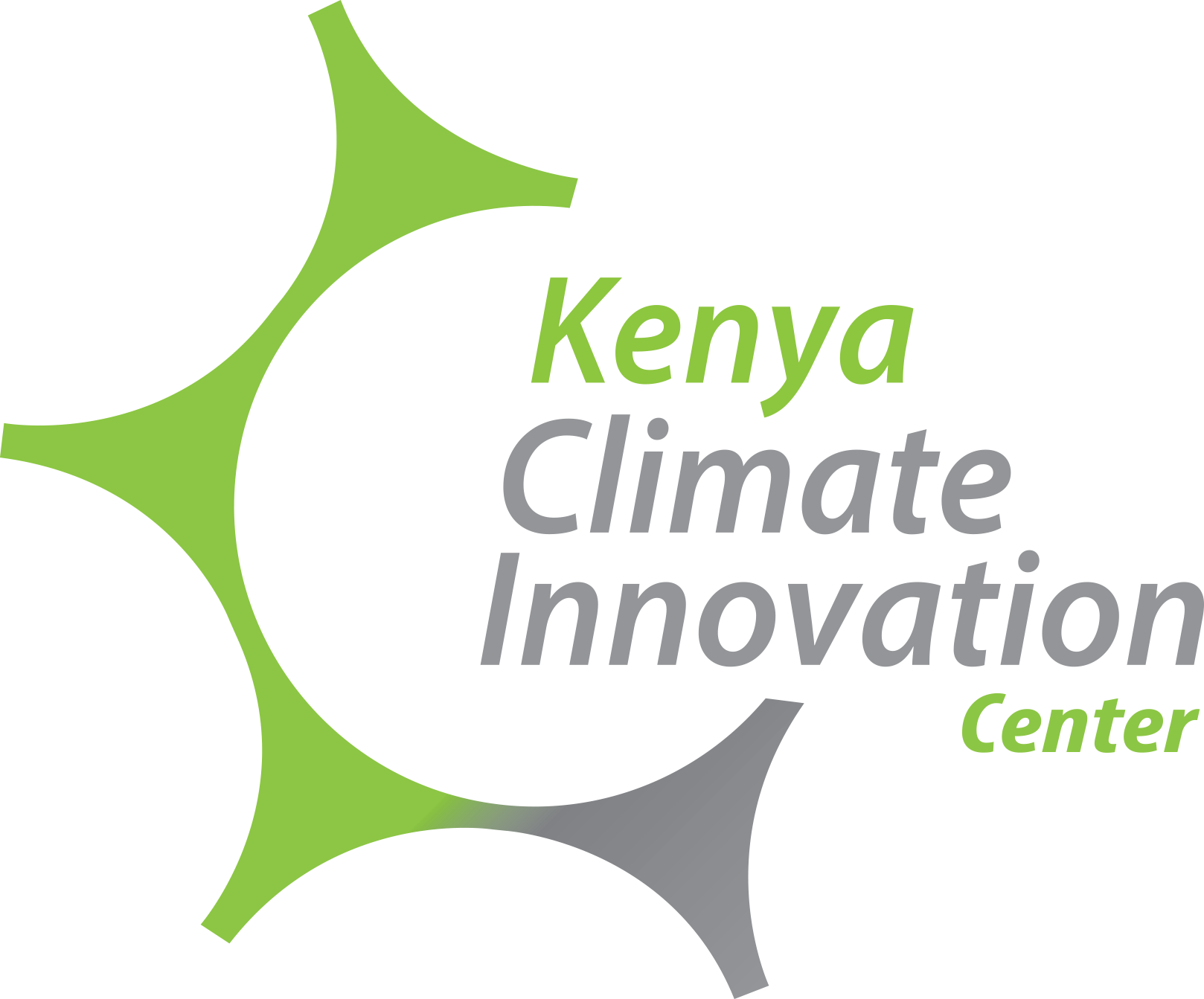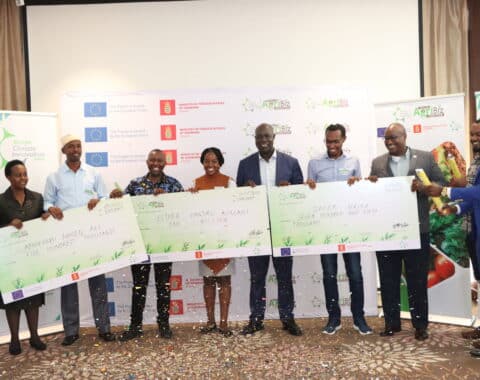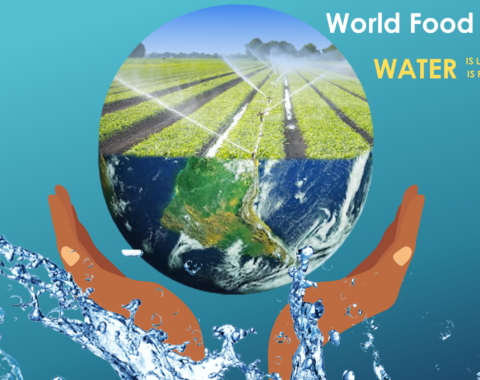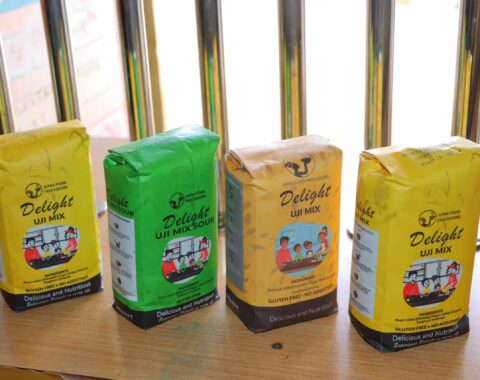Water is a necessary component of life. Water makes up over 70% of the human body, while plants comprise nearly 90% of water. Crops, too, require water to grow and flourish. Irrigation is applying water to the soil artificially using tubes, pumps, and sprays. Irrigation is commonly employed in locations where rainfall is unpredictable or where dry spells or drought are predicted. With the current impacts of climate change and changing weather patterns, irrigation is gradually becoming the new normal for crop production. The type of irrigation being used is another critical factor agripreneurs are considering.
Agriculture is extensively affected by insufficient and unpredictable rainfall. Lack of rains brings on droughts and famines. Irrigation can help boost output even when there is less rainfall. When irrigated land is compared to unirrigated land, the productivity of irrigated land is higher. Multiple cropping is not conceivable by most farmers because each region’s rainy season is distinct. In most parts of the country, irrigation infrastructure allows for the cultivation of multiple crops and aids in the cultivation of the majority of the fallow land. This stabilizes the output of yields, increases farmers’ revenue and promotes food security.
But focus still shifts on the type of irrigation that is being used. The irrigation system to be used depends on a few factors. The type of soil in a given location can influence the irrigation method utilized and the duration of the irrigation. To sustain moisture in the root zone, sandy soils often require regular water applications. Clay soils can hold moisture for longer than sandy soils, but they may require more frequent applications at a lower rate to avoid runoff. Other factors include land topography, type of crops being grown, weather patterns and water qualities.
Irri-hub Kenya is one of the few companies involved in innovating simple, affordable irrigation and agricultural technologies to transform the lives of both small-scale and large-scale farmers. The enterprise which is under KCIC’s Agribiz programme has had notable innovations in the irrigation world. According to Deborah Nyangara, the head of sales at Irrihub, the company has just started on matters innovation. “ Currently we are in the process of innovating an app that will help you as a farmer control your irrigation system from wherever you are,” said Deborah.
Agripreneurs need to adopt the recommended irrigation system for the various crops they produce. This will promote sustainability as it will promote the use of modern methods to tackle modern day problems. Farmers in the country and beyond the border are the hope for a zero-hunger future. Using innovative irrigation systems also puts the planet on the sustainability path. It is a major way to fuel climate action as it mitigates climate change and its impacts. Kenya Climate Innovation Center (KCIC) remains committed to supporting enterprises like Irri-hub that are on the forefront in fighting climate change.












